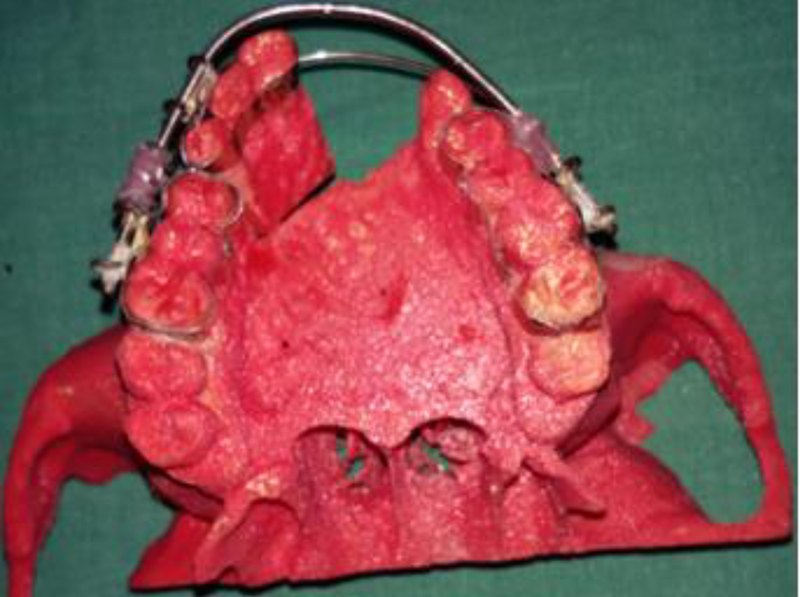3D Printed Medical Model to Resolve Cleft Alveolus Defect: A Case Study
DOI:
https://doi.org/10.18502/keg.v2i2.589Abstract
3D printing or Additive Manufacturing (AM) technology has been in existence for more than 30 years. The footprint of this technology has been entered into almost each and every industry such as medical, dental, aerospace, construction, automobile, etc. One of the most benefited industries using AM is medical industry. In case of medical or maxillofacial surgical field, each and every patient has a unique anatomy. The traditional way of analyzing the patient anatomy was by using X-ray with single layer or CT scans with multiple layers information is available that too as soft data. 3D printing technology provides a physical model from virtual data of the patient anatomy using CT/MRI/CBCT information with the help of medical software. The physical 3D printed medical model is very useful for pre planning complex surgeries. The current case study is regarding a 35 years male patient, who presented with a defect in maxillary anterior alveolar region and nasal regurgitation of fluids. Based on chief complaint, history and clinical examination, a diagnosis of cleft alveolus was made. CT scan was advised to see the defect in all the 3 planes. The surgery was planned for reconstruction of the bony defect and to prevent escape of oral fluids into nasal cavity. Treatment planning and mock surgery were performed on the 3D printed medical model, which reduced about 30% of total surgery time thereby decreasing the complications.References
A. Z. Kouzani, S. Adams, R. Oliver, Y. Y. Nguwi, B. Hemsley, and S. Balandin, 3D Printing of a Pavlova,
IEEE TENCON, (2016), accepted on 29 August 2016.
M. Molitch-Hou, 11 food 3D printers to feed the future, 2014. [Online]. Available: http://3dprintingindustry.com/news/11-food-3d-printers-36052/.
R. Marsden, Print your own food: 3D technology brings a personal touch to pizzas, pasta and cakes,
, [Online]. Available: http://www.dailymail.co.uk/news/article-2521606/Print-food.html.
L. Hao, S. Mellor, O. Seaman, J. Henderson, N. Sewell, and M. Sloan, Material characterisation and process development for chocolate additive layer manufacturing, Virtual and Physical Prototyping, 5, no. 2, 57–64, (2010), 10.1080/17452751003753212.
J. Lipton, D. Arnold, and F. Nigl, Multi-material food printing with complex internal structure suitable for conventional post-processing, in Proceedings of Solid Freeform Fabrication Symposium, Austin TX, USA, (2010).
envisionTEC 3D-Bioplotter Family, 2016.[Online]. Available: http://envisiontec.com/3d-printers/3dbioplotter.


